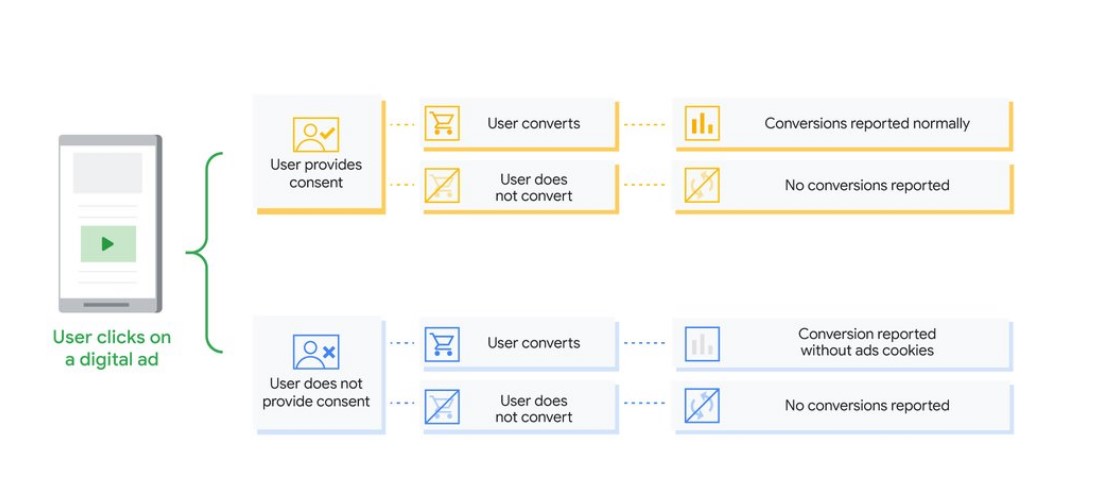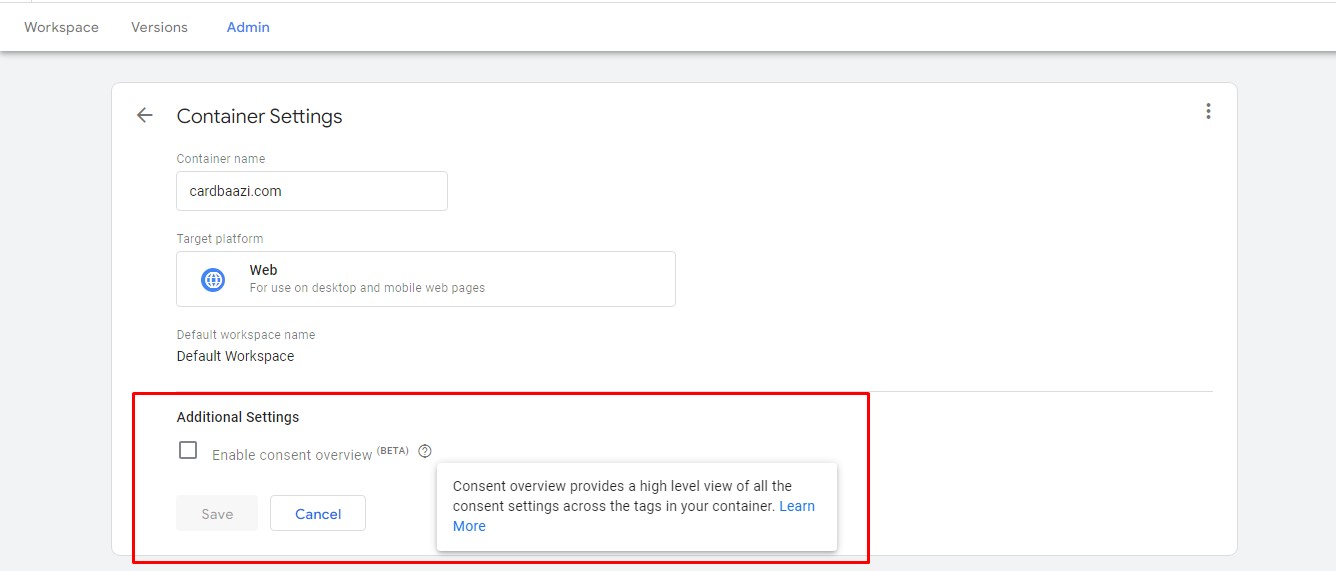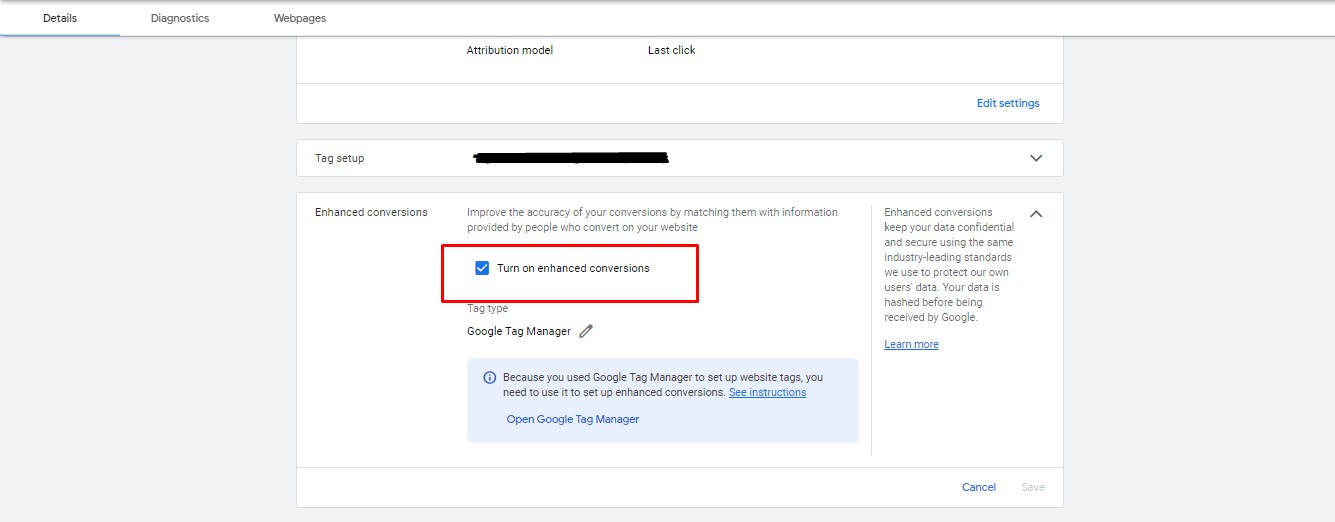Today’s consumers have a heightened awareness of their digital privacy and are demanding brands that treat them with trust and respect. As a result, many businesses have chosen to abandon data collection or limit the amount they collect.
Denying access to data can make it difficult for businesses to meet compliance standards, analyze target audiences, or create content relevant to customers. However, in some cases, these restrictions may be necessary given the growing concerns about data privacy and consumers’ demand for greater control over their personal information.
Consumers are becoming more aware of, and uneasy about, data collection in their daily lives. In fact, you’re probably one of those consumers on your day off. According to a survey in late 2019, 97 percent of consumers are somewhat or very concerned about protecting their personal data. This widespread apprehension about the collection and use of consumer data is set to change the marketing world.
Regardless of how you choose to handle your company’s data collection policies, it’s important that you understand how this affects your brand and its ability to compete in today’s market. This article covers everything you need to know about changing consumer preferences and data privacy as a business owner — along with some tips on how you can adapt your business practices accordingly.
What is Data Privacy & Why is it Important for Digital Marketers Today?
Simply expressed, data privacy in this digital era is a right that refers to consumers’ ability to choose how third-party firms and organizations utilize their personal information. Personal, demographic, and financial information are just some of the them that may get revealed if data is not regulated effectively. While this foresightedness assists marketers in creating more tailored experiences, many consumers are increasingly concerned that their privacy is being compromised heavily.
According to recent research by Gartner, Almost one-fifth of marketers report that privacy compliance is their primary concern across all marketing channels. It’s intuitive to see why: a marketer’s capabilities to collect and derive insights at a rapid pace are negatively impacted, and some of their previous marketing technology investments are rendered obsolete. In fact, 73% of marketers are seriously worried that privacy issues will adversely affect their analytics efforts.
However, analytics is only half the story. Marketers are the guardians and custodians of a company’s brand image, and ignoring privacy concerns out of choice or necessity may have a negative impact on their brand value. According to studies, misusing user data can have serious repercussions for an organization, with roughly 8 out of 10 customers willing to abandon a brand if their data is used without their knowledge. Marketers are now trapped between a rock and a hard place, with consumer opinions on one side and analytical prowess on the other.
Consumer Data Privacy: A Changing Environment
In recent years, the data protection and privacy landscape have evolved tremendously. While some consumers and thought leaders have been addressing the need for data privacy for a decade or more, it wasn’t until 2016 that a set of data privacy legislation known as GDPR was introduced in the European Union. Once it was enacted in 2018, enterprises were required to offer EU users to opt-in to the collection of personal data, triggering a slew of copycat legislation around the world. Later the same year, the California Consumer Privacy Act (CCPA) was enacted, outlining additional privacy rights for California residents.
Many of this legislation was triggered by a sequence of data privacy crises affecting consumers, such as the controversial Cambridge Analytica affair. These events exposed the general public to how their data was always being retained and used in ways they may not approve of, eroding consumer trust and pushing some enterprises to reexamine how they access, acquire, manage, and leverage sensitive consumer data.
The following enterprises have taken significant steps in recent years to limit access to consumer data:
- In 2021, Apple brought about a paradigm shift by restricting tracking on iPhones. As a result, the Big Four tech companies have lost $278 billion.
- Tracking cookies are now restricted by default in Firefox.
- DuckDuckGo, a search engine that endorses increased privacy for its users, has seen a 65 percent increase in traffic, with a significant spike near the end of 2018.
- To handle privacy concerns, Google released a new version of Google Analytics & it will phase out third-party cookies for Chrome over the second half of 2023, giving everyone a year and a half to figure out how to adjust.
With these changing environments of Consumer Privacy & paradigm shifts in restrictions of tracking & deprecation of the 3rd Party Cookies, businesses will encounter the following Challenges/Hurdles in Tracking User Data
Challenges due to Changing Landscape
Reduced Data Reliability*: 41% of marketers believe that their biggest challenge will be tracking the appropriate data.
Increased Spends*: 44% of marketers anticipate that they will need to boost their spending by 5% to 25% in order to meet the same goals as in 2021.
Reduced Reach^: About 80% of advertisers rely on third-party cookies. Without them, those advertisers would have to find a new technique to reach their customers and prospects online.
Reduced Personalization: Limited browsing information will make it challenging for advertisers who rely on third-party cookies to customize advertising.
Reduced Experiments: Advertising companies that rely on third-party cookies will struggle to implement fundamental features like A/B testing and frequency capping.
Reduced Performance Measurement: Analytics and attribution based on third-party cookies will be much less effective.
*Source-Hubspot, *Source-Epsilon
Thinking of Solutions to tackle these hurdles?
(Build 1st P Data through Site-wide tagging & consent mode, Enhanced conversions, and Conversion modeling)
To address privacy concerns and obstacles in the post-3P cookie era, here are some must-haves.
1. Build Strong Foundations of 1st Party Data Effectively through the following Techniques
- Site-wide Tagging:
-
- What is it?
-
-
- Invest in a strong tagging infrastructure that helps you make the most of the data consumers share with you when they engage with your website and lets you accurately measure your campaign performance.
-
-
- How does it work?
-
-
- To incorporate in your strategy, advertisers just need to place the Google tags (gtag.js) on every page of the website through their web development team.
-
- GTM’s Consent Mode:
- What is it?
- When users don’t give consent to store cookies, GTM’s Consent Mode will automatically modify the relevant tags on the website so that they do not read or write cookies for the specified purposes (Advertising or Analytics), but instead, measure conversions on a more aggregate level.
- What is it?
- How does it work?
- The Following screenshot shows how it works & another subsequent screenshot helps in understanding where it can be enabled in GTM UI under Admin Access.


2. Google’s Enhanced Conversions for Web
- It comes as no surprise that the measuring environment is evolving in light of recent privacy changes. We used to live in a world of fully visible data, such as cookies and device IDs. However, increased user privacy expectations have resulted in further privacy legislation and cookie restrictions, redefining how the ad industry monitors conversions.
- What is it & How does it Work?
- Enhanced Conversions for the web enables conversion tags to hash customer data by a one-way hashing algorithm called SHA256 generated by advertisers on their conversion page, such as an email address, and then match it against hashed Google logged-in data. The following Screenshot helps in understanding where it can be enabled in Google Ads UI under the Conversions tab

3. Google’s Conversion Modelling
- What is it?
- Advertisers encounter a gap in their measurement and lose visibility into user routes on their site when cookies are not there. They can no longer immediately link user ad interactions to conversions, regardless of whether the users are repeat visitors or came from sponsored or organic traffic sources. To assist bridge this gap, Google introduced Conversion Modelling. Using a privacy-first approach will assist marketers in preserving online measurement capabilities.
- How does it work?
- Conversion Modeling focuses on observable data gaps caused by cookie consent laws. The missing attribution paths will then be filled in by Google’s ML models using observable data for user journeys when users have given their agreement to the use of cookies. This improves the accuracy and completeness of the picture of advertising expenditures and results while also honoring user preferences for consent.
- More conversion insights are gained by using modeling to probabilistically recover links between ad interactions and conversions that would otherwise go unattributed, allowing campaigns to be optimized and the factors influencing sales can be better understood.
4. Increase the Concentration of high-quality content.
Until now, marketers’ primary focus has been on matching content to precise metrics/audiences. This is where switching to a broader focus on quality content is very critical. Instead of trying to address the messaging needs of a large number of smaller groups, you should have ads and creative content that cater to the needs of many consumers at once. This will allow you to adjust to a “messaging for many” strategy/cohort-based strategy.
5. Increase the frequency of advertising and communication
Again, the evolution of digital marketing and privacy will necessitate adaptation to changing circumstances. Instead of relying on a single message that immediately strikes a chord with your target customer, it is critical to increasing ad and communication frequency for a more well-rounded approach.
For example, instead of showing the same ad repeatedly, you may need to shift to several ads with different perspectives.
While the specifics of how this will work best remain to be seen, it is an important factor to remember.
6. Embrace integrated brand metrics
It will be crucial to fine-tune your integrated brand metrics in order to survive these transitions and prepare for what comes next.
What exactly does this mean?
It entails taking a macro-level approach for campaign effectiveness rather than a micro-level approach.
Essentially, you will require to stop focusing on whether individual campaigns were effective or not and begin to analyze all aspects of your marketing strategy, such as
- Overall ad spend.
- ROI.
- Customer satisfaction and happiness.
The greater your ability to see the big picture, the easier it will be to improve your overall message on a high level.
7. Incorporate Transparency and Compliance in your Strategy
As we saw after the GDPR’s rollout, it is extremely crucial to include transparency and compliance in your personal data collection strategy.
While you may not always have control over this, as with Apple Devices or Meta Platforms, there are some elements on your website that you do have control over.
Make sure your privacy policies and other guidelines, for example, are easily accessible on your website. And provide numerous opportunities for users to opt-in or out of specific things.
The clearer you are about these procedures, it’s more likely you to build mutual trust with consumers & on the other side of the coin you’ll be less likely to face a complaint or monetary fine later on.
8. Switch to offers
Instead of relying on specific individuals’ consent for sharing generic data, provide them with something of value in exchange.
Assume you want to learn about customer satisfaction after a website visitor makes an online purchase or schedules an appointment. When the process is complete, send them a survey in which they will be asked for specific information. They will receive a coupon code for a discount on their next purchase in exchange for their time and honest answers.
This type of offer places the customer in control of the decision. They do not have to opt-in to share the data; instead, they can click a checkbox that allows them to opt-out, out & can decline the entire offer.
The main purpose of this type of offer is to help the company collect data, not to actively acquire new customers. These types of offers can be useful for generating data that helps with product development, testing new features, or collecting demographic information. They are also helpful for collecting data that can be used for retargeting purposes.
- The need of the hour is to see this as a new opportunity and act smartly.
- Tatvic is at the forefront of changing dynamics and answer if you have more queries. We feel that there is a New Era of Digital Advertising post paradigm shift of deprecation of 3P cookies. Contact us here for further details/solutions.


